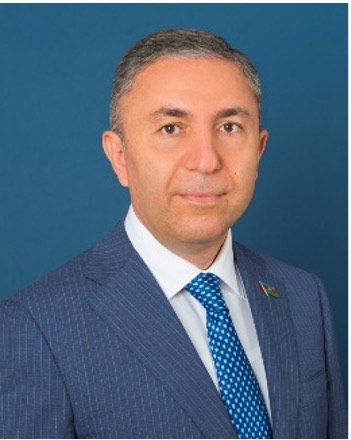To assess the humanitarian crises caused by landmines in Azerbaijan, as well as the responsibilities of the parties that laid these mines under international law and the measures that the international community can take to ensure accountability, the Ankara Center for Crisis and Policy Studies (ANKASAM) presents its interview with Azerbaijani MP and Chairman of the Euronest Delegation, Tahir Mirkishili.
1. Do you think Armenia holds a legal responsibility to clear the landmines it laid in the territories it previously occupied, or at least to provide accurate maps of those minefields?
Yes, from the perspective of international humanitarian law, there is a strong argument that Armenia holds legal and moral responsibilities concerning the landmines it laid in the territories, which was previously occupied by Armenia, particularly in and around the Karabakh region of Azerbaijan. Under international humanitarian law, Armenia has a responsibility either to:
- Clear mines, or
- Provide accurate maps and technical information to Azerbaiijan (or to demining bodies).
This responsibility exists regardless of political positions on the conflict itself—it is a humanitarian obligation meant to prevent further loss of civilian life in Azerbaijan.
2. Given that only around 25% of the minefield maps provided by Armenia have been deemed reliable, how does this affect the operational efficiency and safety of demining efforts on the ground?
The low accuracy rate (25%) of mine maps leads to serious consequences.
This situation:
- Reduces the safety of clearance operations,
- Slows down the processes,
- Significantly increases operational costs.
From a humanitarian perspective, it puts more civilian lives at risk and delays the post-war recovery of societies. This situation strengthens calls for Armenia to act in full transparency and in accordance with international law.
3. What are the main challenges Azerbaijan faces during the large-scale mine clearance process? In your opinion, is the current level of international support sufficient?
Following the 2020 conflict, Azerbaijan has been carrying out one of the largest mine clearance operations in the world. Although some international support exists, the technical and financial assistance remains insufficient to meet the current needs.
In this context:
- The increase of international financial support,
- The expansion of training and the use of technology (such as articial intelligence, drones and satellite imagery),
- The intensification of international pressure is Armenia is necessary.
Stronger international will is needed for the process to move forward effectively.
4. What mechanisms can the international community, including the United Nations and the OSCE, employ to ensure accountability for such long-term post-conflict hazards?
There are various instruments available to the international community to ensure accountability for such long-term humanitarian threats:
- Diplomatic pressure,
- Establishing a normative framework,
- Operating legal and reporting mechanisms.
Organizations such as the United Nations or the OSCE can establish investigative commissions, impose reporting obligations, and make violations visible to the global public. Past examples demonstrate that when strong multilateral pressure and the principles of humanitarian law are applied in humanitarian crises, diplomatic and legal outcomes can be achieved. Linking areas of cooperation, such as mine clearance, with peace processes can also enhance accountability.

